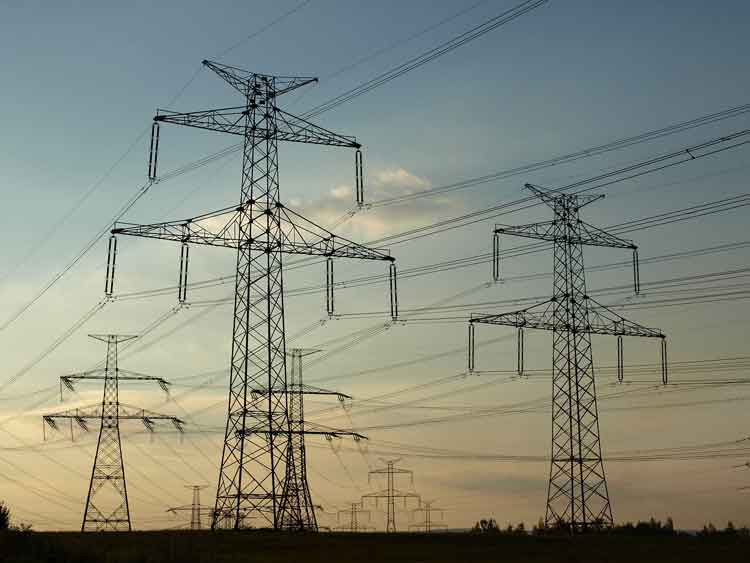FIT program a success after one year
But the word “success” can be good or bad depending on where you stand. For many, the success of this program is something to celebrate. For others, it’s interpreted as something to fear.
The reasons for that fear have been exaggerated by political parties looking to score points and others bent on blaming renewable energy as the main cause for higher power prices. DonÂ’t believe the gripe.
First, let’s look at what we can celebrate. Since the launch of the “FIT” program a whopping 23,000 applications have been submitted to the Ontario Power Authority. Of those, 86 per cent are for small rooftop solar systems being put up by homeowners, schools, churches and farmers across the province.
It may seem like a lot, but when broken down into megawatts these micro solar systems represent just 1 per cent of the total 15,378 megawatts that have been applied for under the program.
The vast majority of total megawatts come from proposals to build much larger wind and solar projects. But transmission constraints are keeping most of those projects unapproved and in the queue.
To date, and based on available transmission, the power authority has offered contracts on 2,649 megawatts. Those projects are helping to jumpstart OntarioÂ’s economy.
In the area of solar alone, I’ve counted about 10 manufacturers – both domestic and foreign – that have committed to setting up solar module assembly plants in Ontario to meet local content requirements. A number of solar inverter companies have announced similar plans. Taken together, this represents at least a couple of thousand jobs.
The same is happening with wind, which makes up about two-thirds of total megawatts approved so far. Developers are putting local metalwork shops to work, hiring local electricians, engineers and others across the province.
“The whole purpose of the program is to build expertise and industrial capacity,” says Gord Miller, Ontario’s environmental commissioner. “It’s on the right track.”
So why is there so much fear over this success? Partly because critics of the feed-in-tariff dismiss the programÂ’s potential for economic development. They focus instead on one metric: Is it more expensive than the power weÂ’ve paid for in the past?
This is the wrong question. What should be asked is how prices under the FIT compare to power from new nuclear and natural gas plants.
Wind, which makes up about two-thirds of the approved FIT contracts, fetches 13.5 cents per kilowatt-hour under the FIT. Build a new nuclear plant today and wind is more than competitive, with the added bonus that it doesnÂ’t carry any radioactive baggage.
Critics often point to wholesale electricity prices, called the Hourly Ontario Energy Price HOEP, as evidence that weÂ’re being gouged by green energy. In September, for example, the average price was 3.7 cents per kilowatt-hour.
But hereÂ’s the thing: HOEP doesnÂ’t reflect the true cost of generating electricity in the province. ItÂ’s merely there as a market signal so the system operator knows what generators to dispatch and when.
At the end of the day the private nuclear operator, Bruce Power, gets what it was contractually promised, as do the operators of natural gas-fired plants, which fetch an estimated 8 to 14 cents per kilowatt-hour.
IÂ’m not saying green power isnÂ’t costing us more. What IÂ’m saying is that thereÂ’s not enough on the grid yet to have the dramatic impact some claim it is having. IÂ’m also saying that other forms of generation, particularly new nuclear and natural-gas plants, arenÂ’t as cheap as some believe.
Yes, we are paying 80.2 cents per kilowatt-hour for small rooftop solar, a rate often cited by critics to stir up anger over the program, but let’s keep it in perspective. Small solar only makes up 1 per cent of all FIT applications and its current contribution to Ontario’s overall system supply is about .08 per cent – too small to register on your bi-monthly bill.
Yet this .08 per cent is bringing economic activity and skills development to all corners of the province and allowing homeowners, communities and aboriginal groups to participate directly in the greening of OntarioÂ’s energy system.
Is the program perfect? Far from it, and keeping it well managed will prove a difficult balancing act.
FIT costs will eventually kick in, and we will feel it. As the program evolves the premiums we pay for green power will have to be carefully ratcheted down alongside the falling cost of renewable-energy technologies.
The first rate review will take place next year. Rates could drop as thousands of applications sit in the queue waiting for transmission capacity to open up. Without contracts, developers will face the lower rate. TheyÂ’ll complain. TheyÂ’ll call it unfair. TheyÂ’ll talk about market uncertainty. TheyÂ’ll have to adjust.
One of the biggest challenges for the government is showing that green jobs are resulting from the FIT program, and those jobs are here to stay. Some say the companies investing in Ontario and establishing manufacturing are only here while the party lasts.
The multibillion-dollar question is whether theyÂ’ll stick around after last call.
Related News

Hydro One employees support Province of Ontario in the fight against COVID-19
TORONTO - Hydro One Networks Inc. ("Hydro One") announced support to the Ministry of Health (MOH) with its efforts in contacting travellers entering Ontario to ensure they comply with Canada's mandatory quarantine measures to combat COVID-19. Hydro One has volunteered employees from its customer service operations to contact thousands of returning travellers to provide them with timely guidance on how to self-isolate and spot the symptoms of the virus to help stop its spread.
"Our team is ready to lend a helping hand and support the province to help fight this invisible enemy," said Mark Poweska, President and CEO, Hydro One.…





